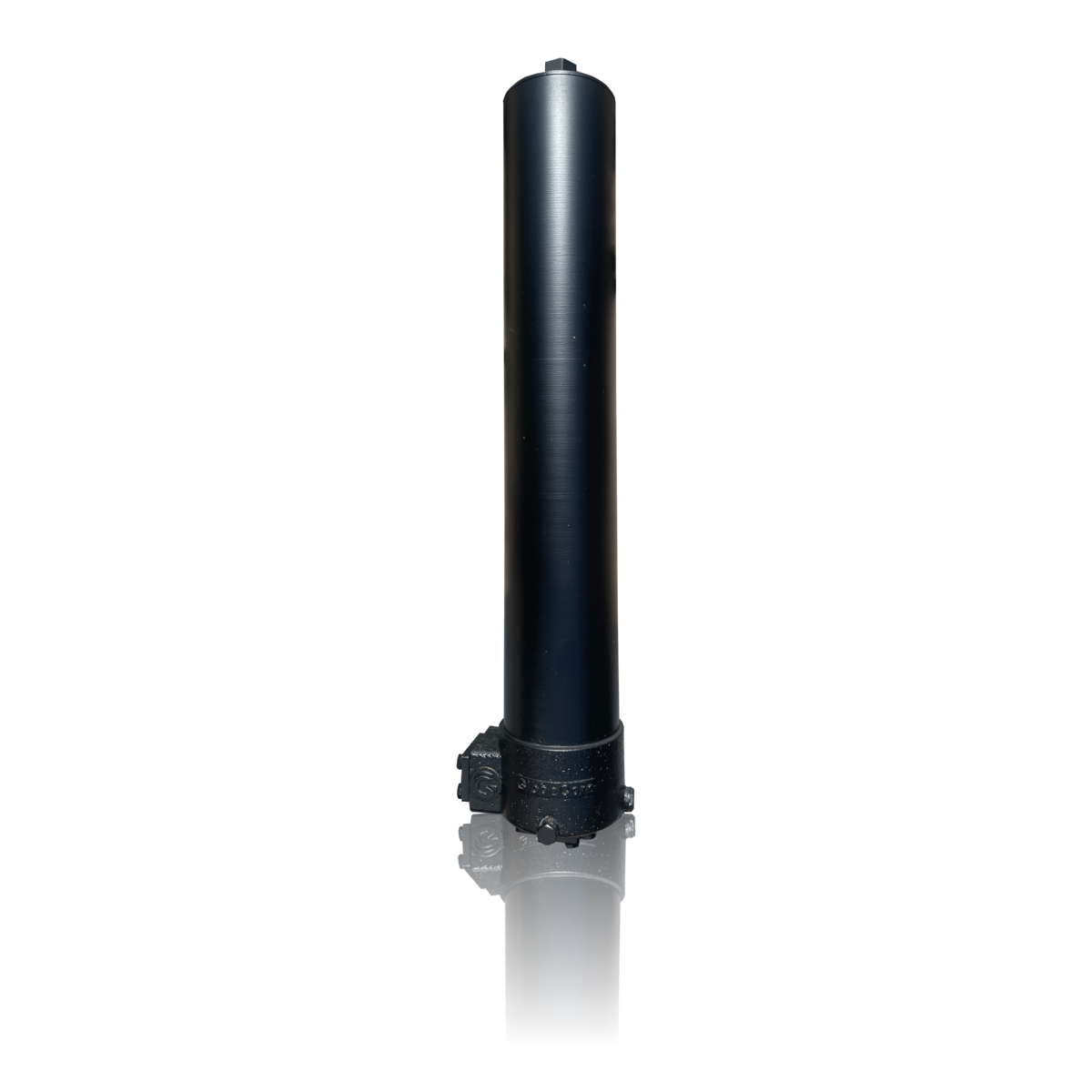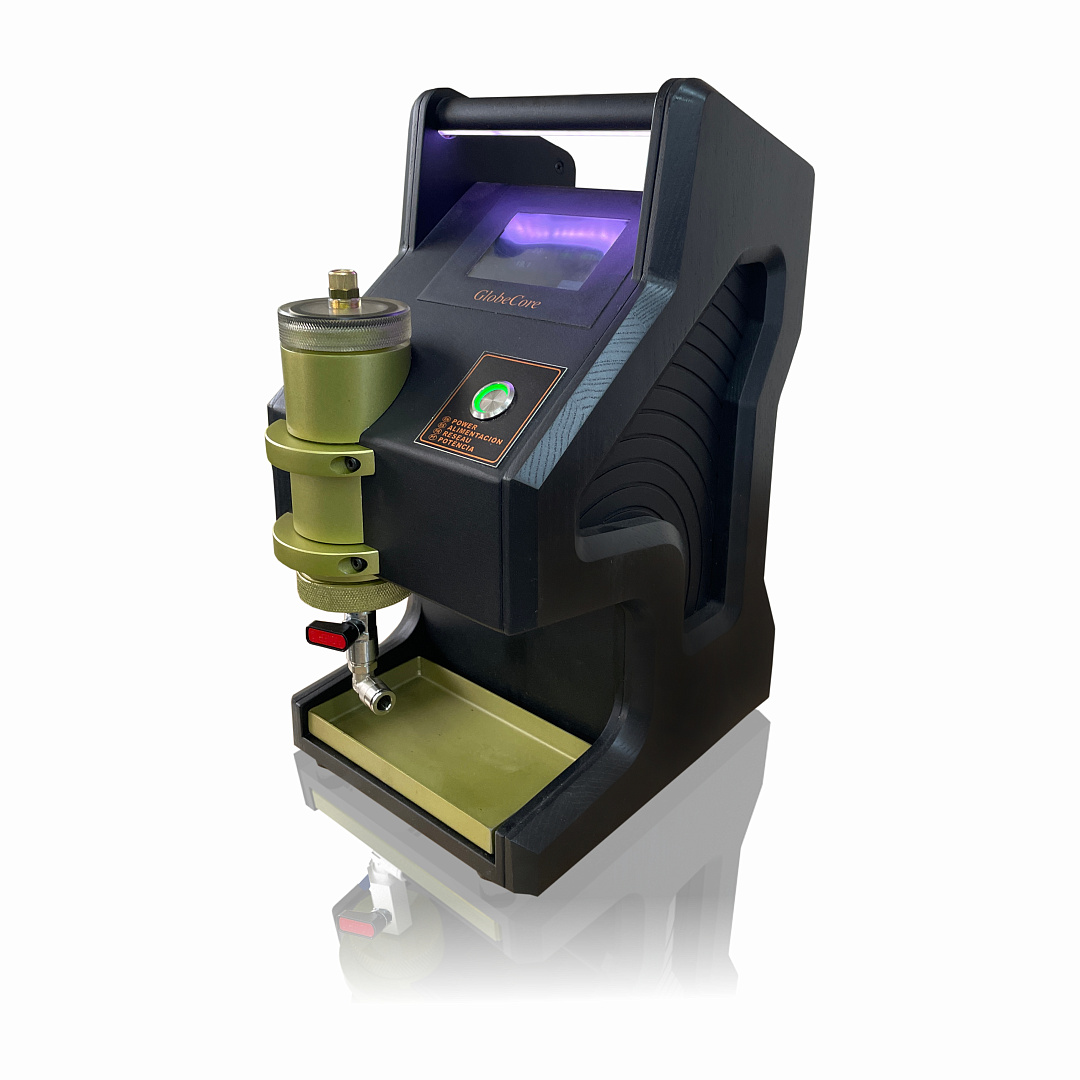How does a Diesel Fuel Dryer operate to eliminate moisture from diesel?
- This topic has 1 reply, 2 voices, and was last updated 1 year, 2 months ago by .
Answers
-
October 4, 2024 at 4:15 pm by Daniel Walker
A Diesel Fuel Dryer operates by removing moisture from diesel fuel through thermal and mechanical processes. The dryer typically consists of a heating element and a centrifugal separator or coalescing filter. First, the diesel fuel is heated to reduce its viscosity, making it easier for moisture to evaporate. The heated fuel then passes through the centrifugal separator, which uses high-speed rotation to create centrifugal force that drives water droplets to the outer edges, where they coalesce into larger droplets. These droplets are then collected and drained away from the fuel. In some systems, additional drying stages may involve desiccant filters or vacuum dehydration to further eliminate moisture. By effectively removing water, Diesel Fuel Dryers prevent corrosion, microbial growth, and fuel injector clogging, ensuring clean fuel delivery and maintaining engine performance and longevity.



